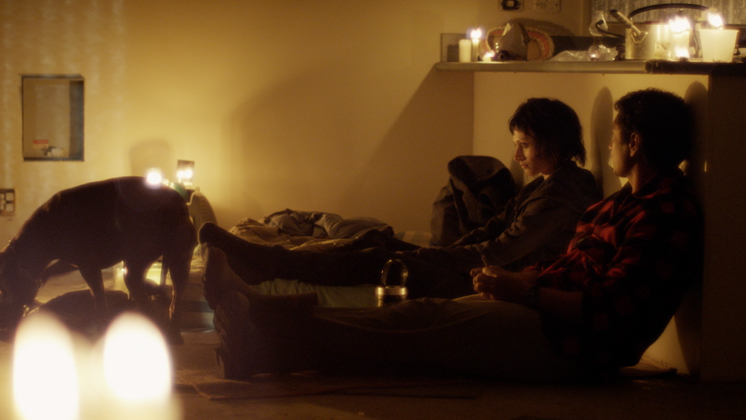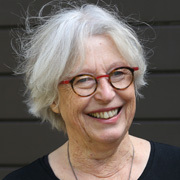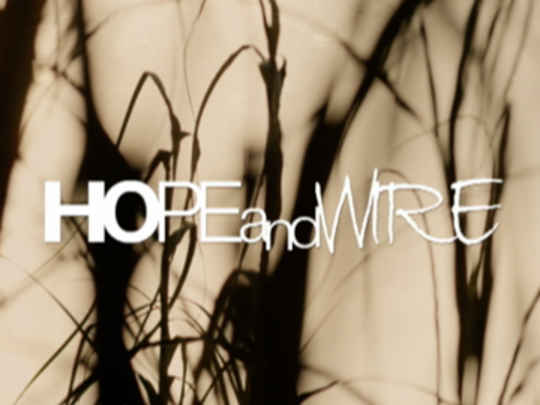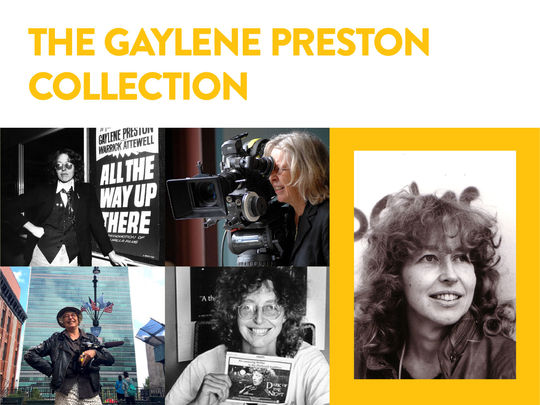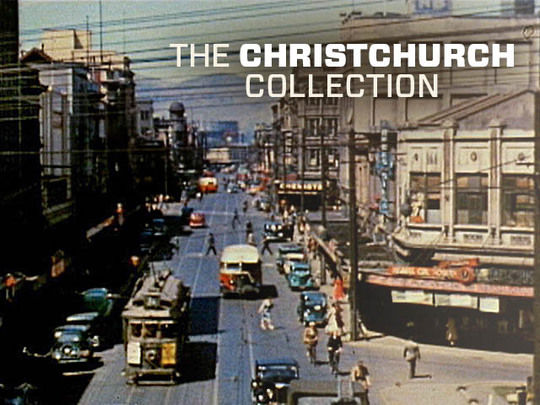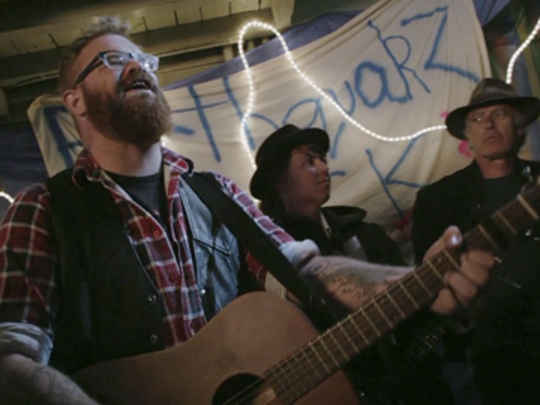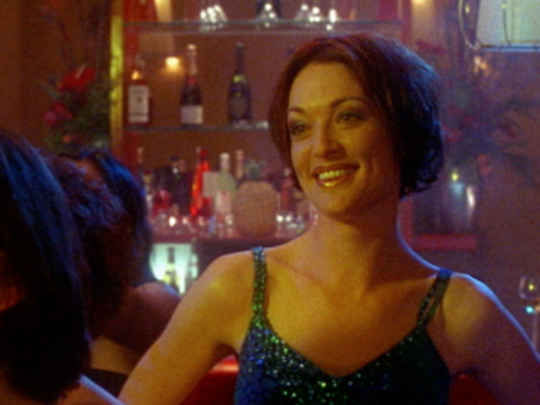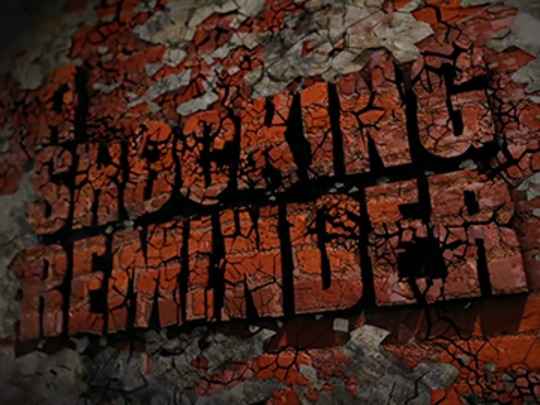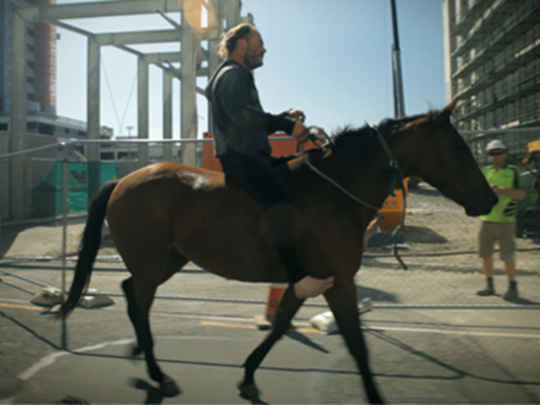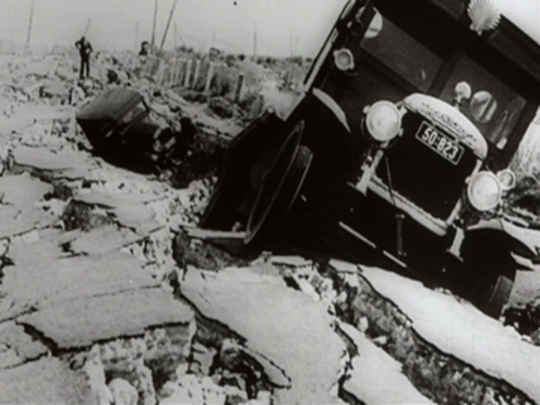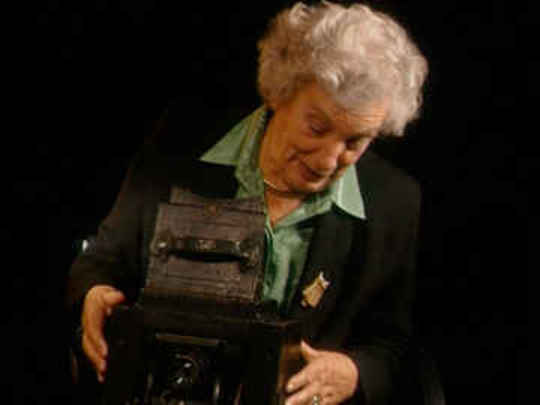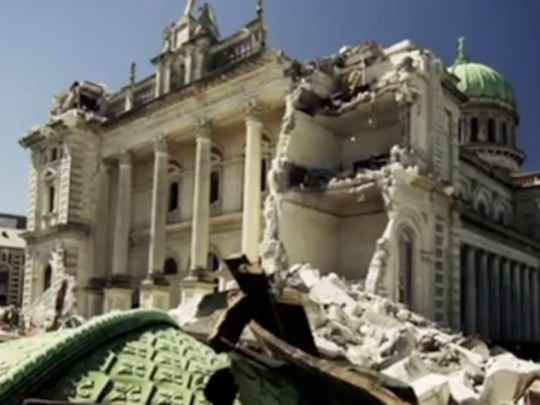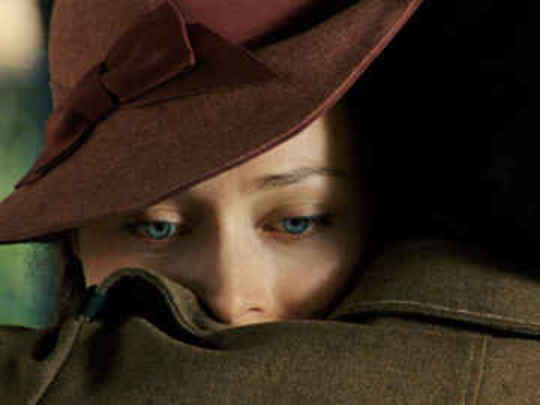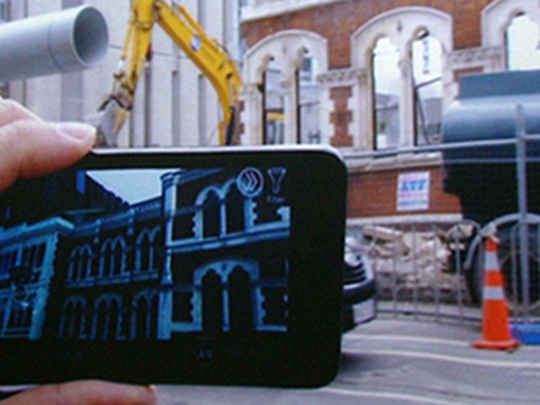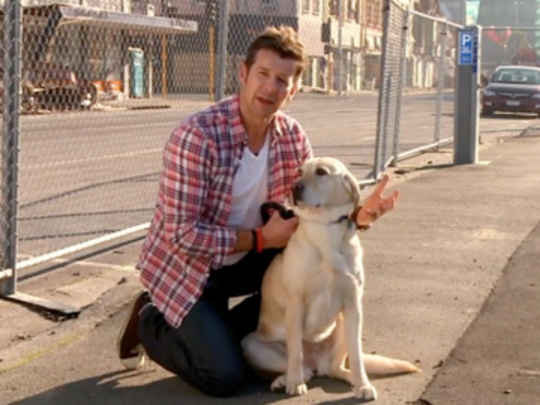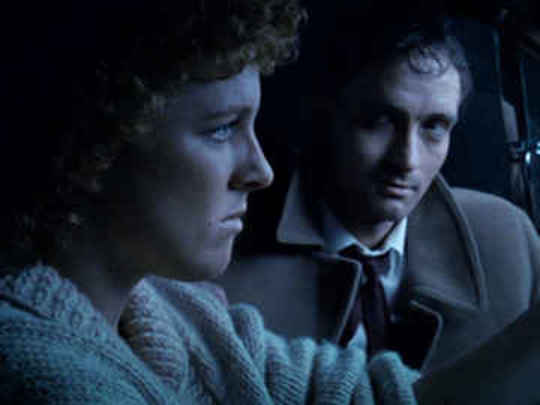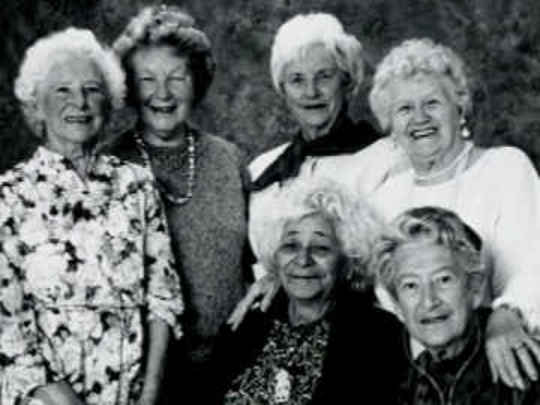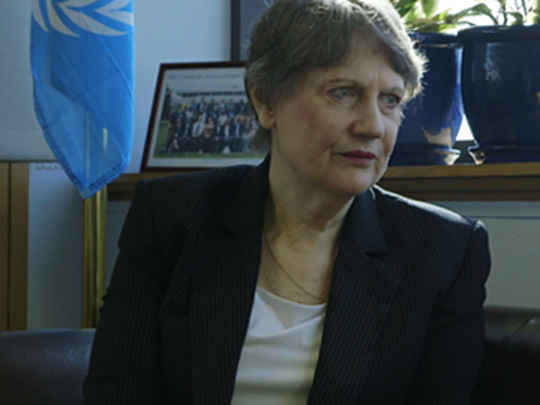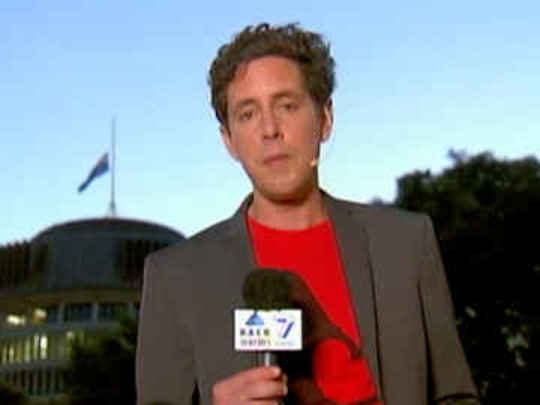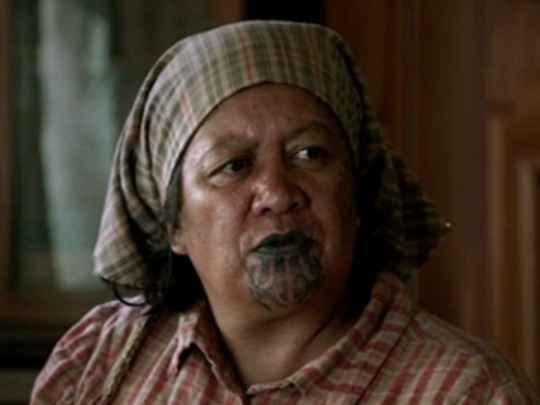The first episode of six from this television series
The second episode of six from this television series
The third episode of six from this television series
The fourth episode of six from this television series
The fifth episode of six from this television series
The sixth episode of six from this television series
Hope and Wire - Full Series
Television (Full Length Episodes) – 2014
Making Hope & Wire
This excerpt from Gaylene Preston's autobiography Gaylene's Take - Her Life in New Zealand Film starts after her close friend Graeme Tetley dies of a heart attack, six weeks after surviving the February 2011 Christchurch quakes. Grieving for her friend and a city that holds many memories, Preston feels driven to contribute.
Missing Graeme madly, I surround myself with all things Christchurch. Once more I fall upon the skills I have developed when making oral histories of the 1931 Napier earthquake. As Wellington fills up with earthquake refugees, I listen to every survivor story that comes my way. I have contacted everyone I know in Christchurch. A TV series is growing in my mind — a drama. Three character families are beginning to emerge, spanning class, age, race and district. This is how I can tell stories of the humanity and resilience, the greed and the loss. I include hundreds of accounts amalgamated into dramatised psychological collisions. News footage adds context, making a sweeping story of lives lived in the rocking ruins.
By the time necessary funding is found, two years have passed since the quakes of February 2011, and the garden city is still standing on shaking, rickety legs. The writer Dave Armstrong has stepped into Graeme's shoes to write with me, to string it all together.
I arrive with producer Chris Hampson to shoot Hope and Wire. The title comes from a song written by Adam McGrath of the Lyttelton grunge folk band The Eastern, who sang in people’s backyards in the aftermath.
The red zone is overrun by rats and rotting food in crooked buildings dominated by rumbling demolition trucks and mountains of cleared rubble. Empty shops stand as they were at that unimaginable moment. Two dust-encrusted coffee cups in a dirty café window speak of the terror, one overturned with a coffee spill now dry, the other upright with the crumbled remains of a biscuit still sitting on the saucer. A chair lies on the floor in the twilight of a place that is otherwise in order, except that the till is open and emptied and the wire cigarette packet holder on the wall is bare. A snapshot of a sunny Tuesday morning thrown into chaos. The heavily guarded and controlled inner city has been stripped of valuables.
When I was young, I would sometimes hear people referred to as ‘having had a good war’. In 2013, the opportunists are having a good quake. Demolition companies are doing well, as is the government of the time, which has used every aspect of disaster economics to win another election.
To my surprise, I can find my way around quite easily using the trees as signposts. I remember the big chestnut on the corner of Bealey Ave and Colombo Street we sat underneath for sunny day group therapy sessions when I worked at Calvary Psychiatric Day Hospital in 1968. The big black macrocarpas of Hagley Park still stand tall against the light. The old house in Holmwood Road, where Shirley [Grace] and I held court, is standing, but the Avonside Drive house of Preston cousins has been demolished.
Stripped bare, the city is like time peeled away. My memories feel dislocated. Battered bones of my hijinks of 1966 are lying about [...] I feel strangely at home.
We set up our cameras, basing ourselves at Templeton, outside the city boundary, where we can build replica slices of the ruined city so our actors stay safe.
The community is upset, on edge. Many think we have come to exploit their pain. Few are prepared to be our friends. The situation feels ready to blow at any moment. A film crew in the middle of town, meticulously recreating people’s worst nightmare, is puzzling to some, deeply unsettling to most.
_______________________
Filming in town was tricky, not just because of the obvious, like the small sudden shakes that could bring down masonry, but because of the endless paperwork. Using a location that was in the process of changing owners without warning was chaotic. A government 123 agency, the Canterbury Earthquake Recovery Authority (CERA), was buying buildings and selling them to demolition companies. There was a striking contrast between what could be done in Napier in 1931 and what could be done in Christchurch in 2013. The incredibly complicated corporate ownership chains left the city in ruins for far too long, piling humanmade tragedy on top of the natural one.
We hunkered down in a lodge in Templeton hosted by a couple of Coasters, who kept us well stocked with whitebait. My trusty creative friends gave me the room with the ensuite while they all shared the tiny bathroom and queued for their shower in the morning. Someone knew that, while I am shooting, the bath is where I do my true creative problem-solving.
When we timed the scripts, they were too long. We tried to get an extra episode from the network, to no avail. Spending time and money shooting scenes that are not going to see the light of day is the worst thing. It impacts on the time available to shoot the scenes that will be in the picture, and limits resources in every way. Time is the enemy, so why shoot things you won’t use? With only four weeks to go until the first day of shooting, I went to bed and cut the scripts by amalgamating and restructuring to get the timing closer. I wrote in between pre-production meetings and left the scripts at the end of the day for Chris Hampson to read overnight.
. . . . . . . . . .
Hope and Wire is set among people who have to live outside. The social barriers between class and race have become fluid. I’d been inspired by a photo essay in the Christchurch Press by Iain McGregor, ‘Camp Mother’s Big Adventure’, about a couple who were living under plastic outside their wrecked inner-city house, looking after whoever came their way. I never met the subjects, because I thought that they would think the characters were them specifically, and they are not. Rachel House and British actor Bernard Hill play Joycie and Len, who are the unlikely carers for people who travel through the yard of a wrecked old boarding house named Muntville.
With everyone living outside, the people already there gain a different community: Dwayne, the hyperactive unfortunate abandoned boy, who Len calls ‘hopeless’; and Monee, a young woman on the run with her dog, which has been trained to attack Asians by her white power boyfriend King, played by Kip Chapman. That story strand was based on the court case of a group who had been terrorising immigrants in the inner city; a Vietnamese man had been bitten badly. In the series, I made up that the wild child Monee is healed by the kindness of strangers living in the wreckage. In reality, she was sent to prison with the rest. Monee is played by my daughter Chelsie, Dwayne by Anton Tennet. All are hybrid characters.
Joel Tobeck plays their landlord, Greggo, who is so busy being one step ahead of his debtors that he never has any fun. Joel had great fun with that. Greggo lives in a different universe from his 125 tenants and doesn’t pay his dozer drivers. One of them, played by Jarod Rawiri, is living the dream with his wife, played by Miriama McDowell, with their two little kids in Atlantis. After the quakes, she can’t stand the aftershocks and takes the kids to stay with her mother in Tāmaki Makaurau. Left on his own in a liquefaction-wrecked home, he descends into a violent depression and drives a bulldozer into Greggo’s sitting room. These things happen. I didn’t make up the events; I made up the characters. The Atlantis family are Māori. After the series screened on television, some people said there weren’t any Māori living in Christchurch. Not long after, I was approached on a street in Christchurch by a man with a full moko, who planted himself in front of me and said, ‘You’re her, aren’t you?'
‘You mean Jane Campion. No, I’m the other one.’
‘You made Hope and Wire?’ he said.
‘Guilty.'
He hugged me, and said, ‘Thank you.’
The Fendalton couple — lawyer Jonty and his wife Ginny, played by Stephen Lovatt and Luanne Gordon — fight over their cracked swimming pool and their Bill Hammond painting, which she thought Jonty had insured but he hadn’t. They deal with their teenage kids going wild and their marriage falling apart. But almost all the characters get redemption in Hope and Wire. It’s a story. A story woven together from hundreds that were written, reported, overheard at the pub.
The actors always managed to turn up ready to make the script sing, finding pathos and humour amid the liquefaction dust.
The series ends in true Canterbury style, with a big party.
- This excerpt is taken from page 120 (chapter eight) of Gaylene Preston's autobiography Gaylene's Take - Her Life in New Zealand Film, published by Te Herenga Waka University Press on 10 November 2022
